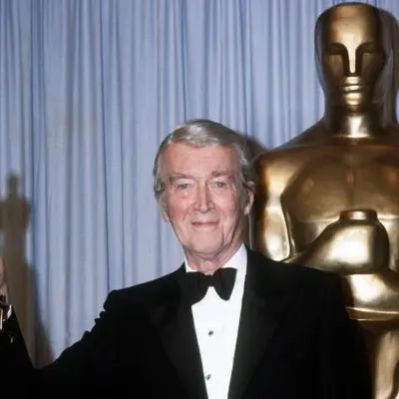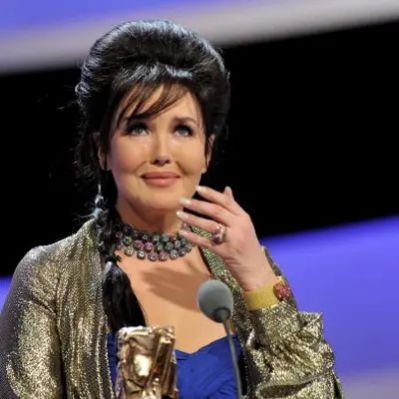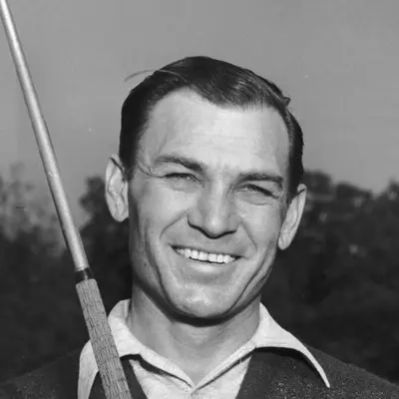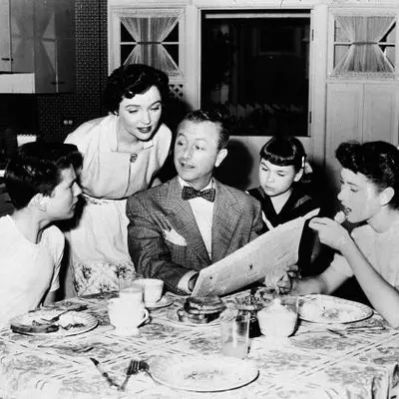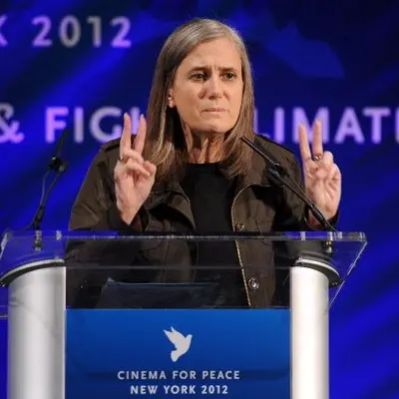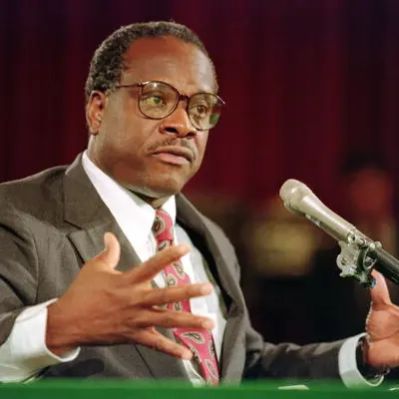What Is James Stewart’s Net Worth?
At the time of his death on July 2, 1997, James Stewart, the celebrated American actor and decorated military officer, had a net worth estimated at $30 million. This figure represents the culmination of a multifaceted career spanning over five decades in Hollywood, coupled with strategic financial decisions and his military service.
Early Career and Rise to Stardom
James Maitland Stewart, born on May 20, 1908, in Indiana, Pennsylvania, began his journey far from the glitz of Hollywood. Raised in a Presbyterian household at 604 Philadelphia Street, Indiana, PA 15701, his initial aspirations leaned towards aviation, a passion he nurtured alongside his education. Stewart’s early life included participation in the Wilson Model School and later Mercersburg Academy, where he engaged in track and field, yearbook contributions, and glee club performances, showcasing a diverse range of interests. His academic path led him to Princeton University, a family tradition, where he pursued architecture. While at Princeton, Stewart actively participated in the Triangle Club, a prestigious musical comedy group, demonstrating his burgeoning talent for performance. His involvement in theatrical productions at Princeton, such as “The Tiger Smiles,” hinted at his future career trajectory.
After graduating from Princeton in 1932, Stewart faced a pivotal decision: an architecture scholarship or a leap into the world of acting. Opting for the latter, he joined the University Players, an intercollegiate summer stock company, setting the stage for his professional acting career. This decision marked a significant turning point, steering him away from the expected path of architecture and toward the uncertain but promising realm of entertainment.
Film Career and Earnings
Stewart’s formal entry into Hollywood began with a seven-year contract with MGM. His early film roles, starting with a minor part in the 1935 film “The Murder Man,” gradually increased in significance, leading to appearances in productions such as “Rose Marie,” “Next Time We Love,” and “After the Thin Man.” These roles laid the foundation for his ascent in the film industry. His breakthrough came with films like “You Can’t Take It With You” in 1938, which won the Academy Award for Best Picture, and “Mr. Smith Goes to Washington” in 1939, earning him his first Academy Award nomination. The films of this era significantly boosted his profile and earning potential, although specific salary figures from these early roles are not publicly available.
The 1940s solidified Stewart’s position as a leading man, marked by roles in “The Shop Around the Corner” and “The Philadelphia Story,” the latter earning him his only Academy Award for Best Actor. During this time, actors’ salaries varied greatly depending on their star power and the studio’s budget, but Stewart’s status as a leading man ensured substantial compensation. His military service during World War II interrupted his acting career but also enhanced his public image and later roles. After the war, “It’s a Wonderful Life” became a career-defining role, although it was not initially a box office success. The long-term popularity and enduring legacy of this film have undoubtedly contributed to his overall career value.
The 1950s saw Stewart reinvent himself as a Western star, collaborating with director Anthony Mann on films like “Winchester ’73” and “The Naked Spur.” His versatility was further showcased in Alfred Hitchcock’s films, including “Rear Window” and “Vertigo.” His performance in “Harvey” and “Anatomy of a Murder” earned him additional Academy Award nominations, reinforcing his reputation as a versatile and talented actor. While exact salary figures for these films are not publicly disclosed, it’s reasonable to assume that Stewart commanded significant fees due to his star power and the films’ commercial success. It is estimated that his salary per movie in the 1950s ranged from $150,000 to $300,000, a considerable sum at the time. The success of films like “The Glenn Miller Story” and “The Spirit of St. Louis” further boosted his earnings during this period.
In the 1960s, Stewart continued to appear in Westerns, including collaborations with director John Ford on “The Man Who Shot Liberty Valance.” He also starred in family comedies like “Mr. Hobbs Takes a Vacation.” Though exact earnings from these projects remain private, Stewart’s continued presence in popular films ensured a steady income stream. His ventures into television during this time, including “The Jimmy Stewart Show” in the 1970s, provided additional revenue, though likely less than his film earnings. In the 1970s, Stewart’s film roles became less frequent, with appearances in films like “The Shootist” and “Airport ’77.” His final film role was in “An American Tail: Fievel Goes West” in 1991, providing his voice for the character Wylie Burp. While these later roles likely contributed less to his overall net worth compared to his peak years, they still added to his lifetime earnings.
Military Service
Stewart’s military service significantly influenced his life and career. Enlisting in the US Army Air Forces during World War II, he rose through the ranks to become a Brigadier General in the Air Force Reserve. His military service not only demonstrated his commitment to his country but also enhanced his public image, which likely had a positive impact on his post-war career. While his military service itself did not directly contribute to his net worth in terms of salary, it provided him with valuable life experiences and likely enhanced his reputation, indirectly benefiting his career. He flew numerous combat missions, including bombing raids over Germany. His decorations included the Air Medal and the Distinguished Flying Cross. In the Vietnam War, he also flew several missions. Stewart’s military pension and benefits, though not a primary source of wealth, would have added to his financial security in his later years.
Real Estate
While specific details about James Stewart’s real estate holdings are not widely publicized, it is known that he owned a home in Beverly Hills, California, where he resided until his death. Real estate investments can be a significant component of an individual’s net worth, particularly in affluent areas like Beverly Hills. Given his long and successful career in Hollywood, it is plausible that Stewart owned other properties as well. The value of his Beverly Hills home alone could have been substantial, contributing significantly to his overall net worth. Without precise details on the location and size, a rough estimate would place the value of his primary residence in the millions.
Personal Life and Death
Stewart’s personal life was marked by a long and successful marriage to Gloria Hatrick McLean, whom he married in 1949. Their marriage lasted until her death in 1994. While specific details about their financial arrangements are not public, it’s reasonable to assume that their assets were jointly managed. Stewart’s passing in 1997 marked the end of an era in Hollywood. His estate, valued at $30 million at the time, was likely distributed among his family members according to his will. Estate taxes and other expenses would have been deducted from the total value before distribution. Stewart’s legacy extends beyond his financial wealth, encompassing his contributions to film and his service to his country.
Net Worth Summary
In summary, James Stewart’s $30 million net worth at the time of his death was the result of a long and successful career in Hollywood, marked by iconic roles, strategic financial decisions, and a distinguished military career. While specific details about his investments and real estate holdings are not widely available, his earnings from films, television appearances, and other ventures contributed to his overall wealth. His legacy as one of Hollywood’s greatest stars endures, both on and off the screen.
 Net Worth Ranker
Net Worth Ranker
